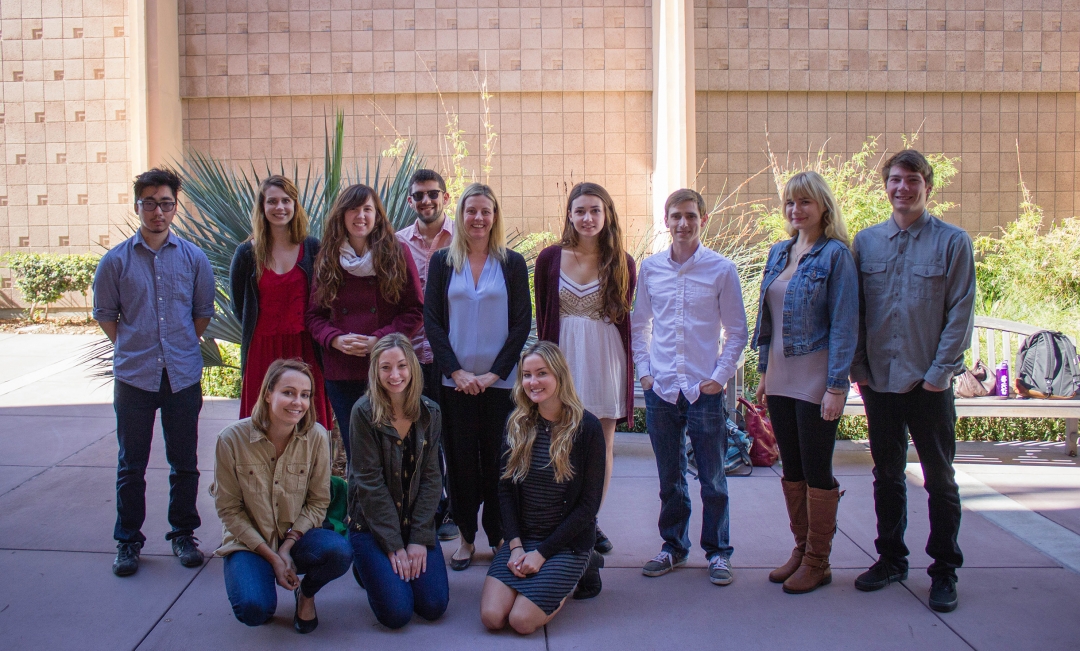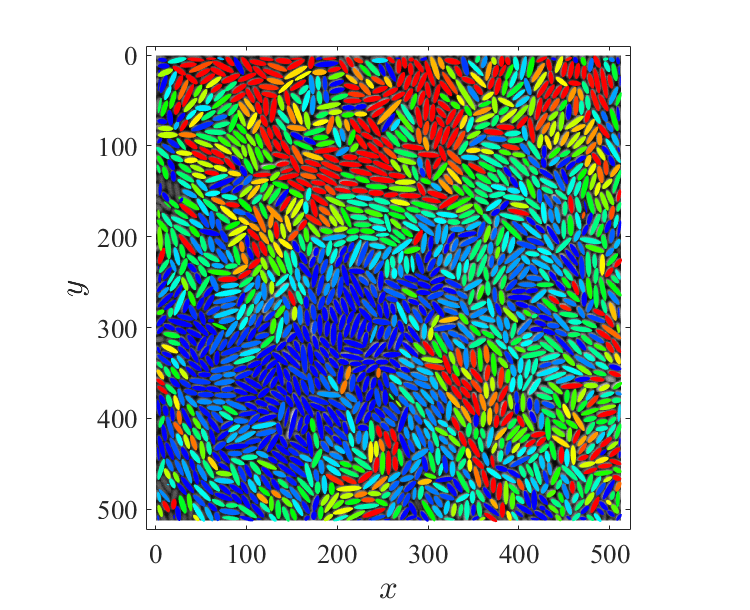
The goals of an RWMP include (1) retrofitting of the built environment (i.e., structural ignition vulnerabilities, water supply deficiencies, evacuation constraints) (2) buffering the landscape (i.e., a mosaic of less flammable land uses complementing traditional fuel breaks) and (3) training the community (i.e., education to become fire-adapted).

A Regional Wildfire Mitigation Program (RWMP), expanding on traditional approaches to wildfire protection, is a key step in this direction. A more comprehensive approach is needed – one that facilitates climate change adaptation and future resilience – to mitigate multiple fire-related risks. While this approach can reduce fire hazard in specific locations and under certain weather conditions, there are a variety of vulnerabilities that are not directly addressed by fuel reduction. Traditionally, most plans for protecting WUI inhabitants focus on fuel reduction in strategic locations (e.g., defensible space around homes, fuel breaks around communities).

Although future developments may be sited and designed to be more survivable and resistant to losses, an over-arching strategy is needed for those that are already at high risk. There are thousands of communities and millions of homes in fire-prone wildland–urban interface (WUI) environments.

1Bren School of Environmental Science & Management, University of California, Santa Barbara, Santa Barbara, CA, United States.Moritz 1,2* Rob Hazard 3 Kelly Johnston 4 Marc Mayes 5,6 Molly Mowery 4 Katie Oran 4 Anne-Marie Parkinson 7 David A. My research also examines the positive aspects of close relationships and their role in physical and emotional health.Max A. I am particularly interested in how approach and avoidance social motives contribute to the course and quality of social interactions and close relationships. My current research focuses on appetitive and aversive motivation in social interaction and close relationships. In 2005 she received the Early Career Award from the Close Relationships Group of the Society for Personality and Social Psychology and in 2006 she received the Presidential Early Career Award for Scientists and Engineers (PECASE) from President George W. She serves on the editorial board of several journals and received a distinguished teaching award from the Psychology Department at UCLA. She is currently funded by a National Science Foundation CAREER grant for newer investigators. Her work has been funded by the National Institutes of Health, the National Science Foundation, and the Positive Psychology Network.

Gable’s research focuses on motivation, close relationships, and positive emotions. She began her career in 2000 as an Assistant Professor at UCLA where she earned tenure and co-founded the Interdisciplinary Relationship Science Program before joining the faculty at UCSB in January 2007. in Social Psychology at the University of Rochester in 2000. Shelly Gable received a BA in Psychology from Muhlenberg College and a Master of Arts in Psychology from the College of William & Mary.


 0 kommentar(er)
0 kommentar(er)
